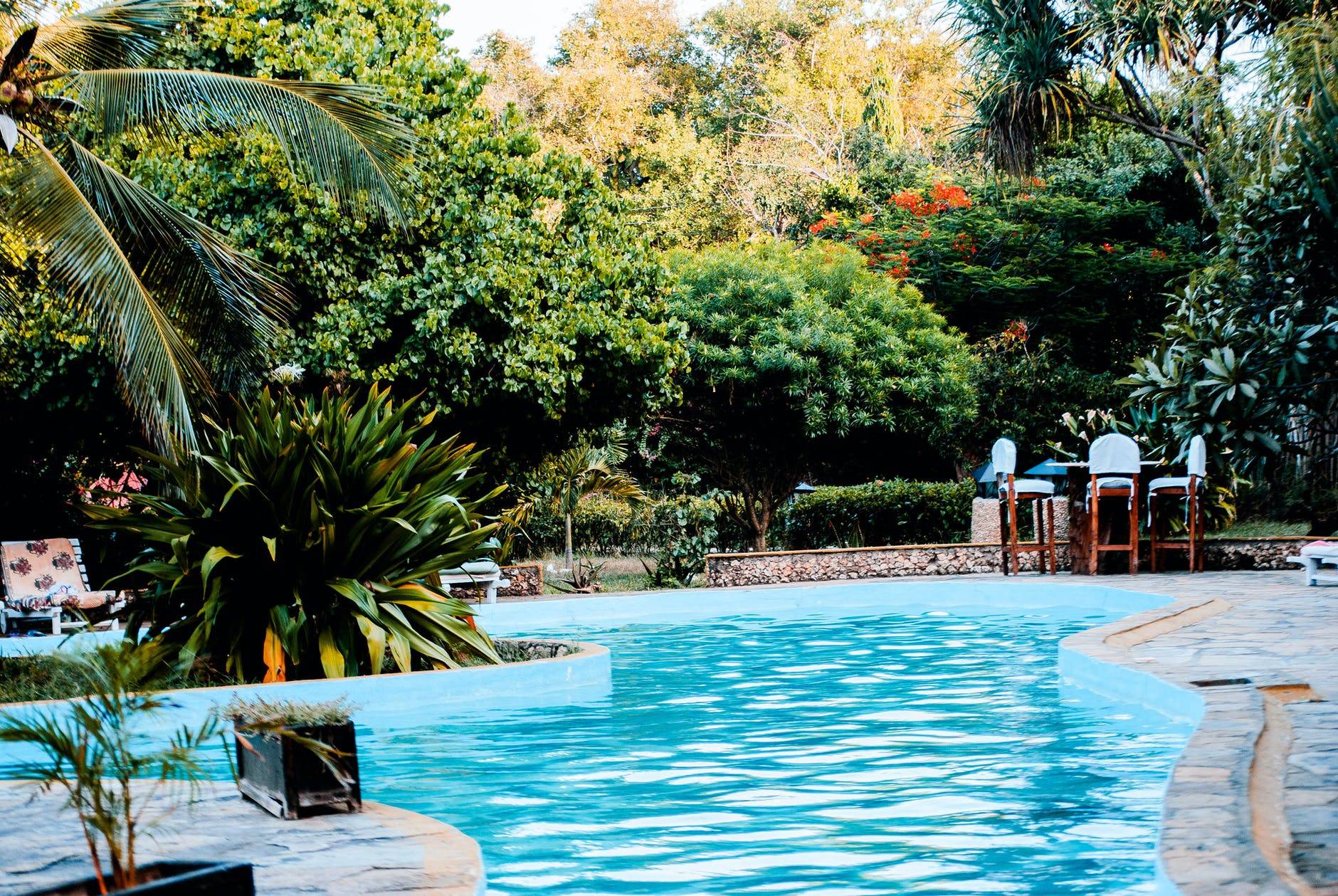Hi. New to the forum and found it while trying to understand my problem. In September 2023 I replaced the heater coil assembly in my Hayward H400FDN since it was leaking in the coils (heater was installed in 2017 and this was the first time replacing the coils). That assembly started leaking by the tubes in August 2024. I tried to claim repair/replacement under warranty and Hayward looked at the pictures they asked for and said my chlorine levels were too high. We live in Houston area, and I had to shock the pool a lot this summer due to 1) a wind storm in May 2) being rainy and hot during early summer, and 3) Hurricane Beryl in July, so their explanation didn't seem out of line. I replaced the coil again, and now it's leaking around the tubes after just 2 months! (Hopefully the video comes up in the post.) I test the water weekly using a Leslie's 9-Way Pool Water Test Kit and nothing is ever way off. I balance the water and add the appropriate amount of Leslie's Pool Perfect every week.
After finding the leak today, I took a sample to Leslie's:
FCL: 0.9
TCL: 1.28
pH: 7.3
Alk: 30
Cal: 299
CYA: 207
Iron: 0
Copper: 0.3
Phos: 172
TDS: 1200
My test kit showed Alk 80 and CYA 100.
Although there is no check valve between the heater and chlorinator, the chlorinator sits several inches below outlet piping of the heater and the piping goes underground right after the chlorinator. This makes me doubt chlorinated water is backing up to the heater.
Any suggestions as to why the coil failed so quickly, and how I can combat Hayward's expected refusal to honor the warranty.
Pool size 10K, main pump Century SP3210Z1BE (a second one for features), booster pump Pentair LA01N, filter Hayward C4030, heater Hayward H400FDN
Thank you in advance,
The Big Ugly
After finding the leak today, I took a sample to Leslie's:
FCL: 0.9
TCL: 1.28
pH: 7.3
Alk: 30
Cal: 299
CYA: 207
Iron: 0
Copper: 0.3
Phos: 172
TDS: 1200
My test kit showed Alk 80 and CYA 100.
Although there is no check valve between the heater and chlorinator, the chlorinator sits several inches below outlet piping of the heater and the piping goes underground right after the chlorinator. This makes me doubt chlorinated water is backing up to the heater.
Any suggestions as to why the coil failed so quickly, and how I can combat Hayward's expected refusal to honor the warranty.
Pool size 10K, main pump Century SP3210Z1BE (a second one for features), booster pump Pentair LA01N, filter Hayward C4030, heater Hayward H400FDN
Thank you in advance,
The Big Ugly





